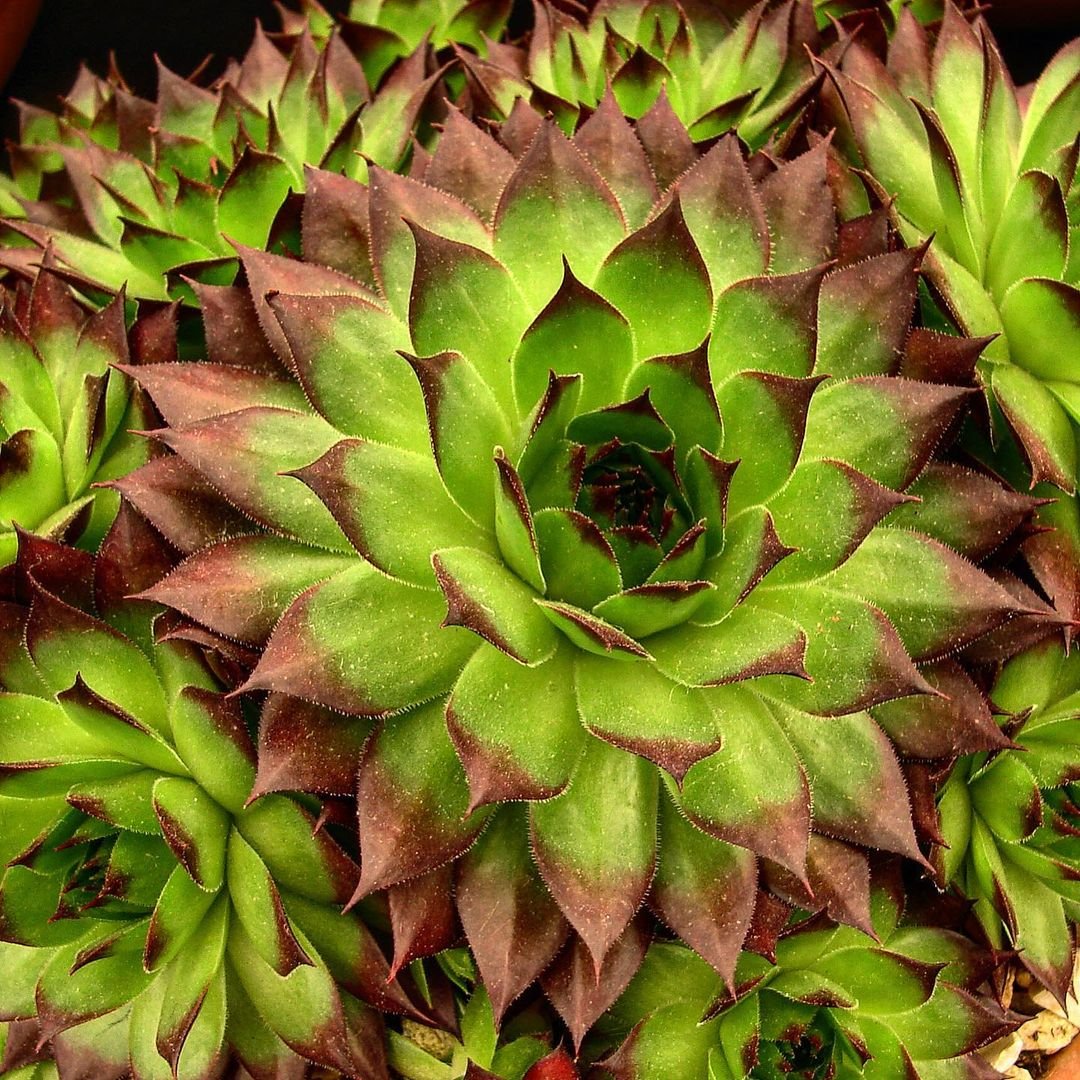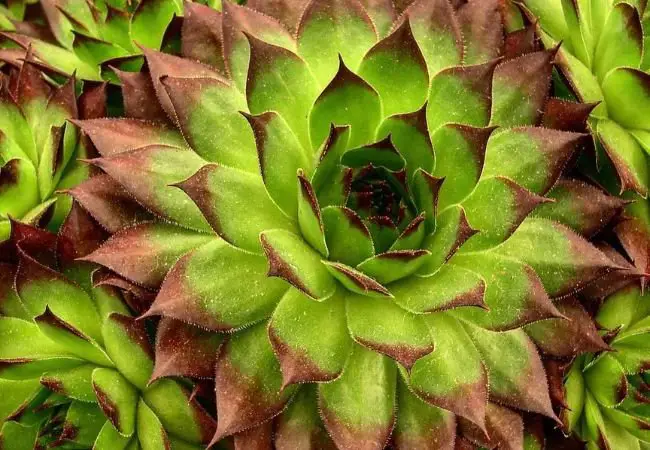Discover how to grow and care for the Live Forever plant, a hardy succulent known for its longevity and vibrant blooms. Learn expert tips on planting, maintenance and propagation for both indoor and outdoor cultivation.
The Live Forever plant (Sempervivum tectorum) is a hardy, drought-resistant succulent known for its rosette shape and ability to thrive in harsh conditions. It requires well-draining soil, full sun to partial shade, and minimal watering. These plants are excellent for rock gardens, green roofs, and as low-maintenance houseplants.
Here’s an easy-to-read chart for the Live Forever plant (Sempervivum tectorum):
| Category | Information |
|---|---|
| Botanical Name | Sempervivum tectorum |
| Common Name | Live Forever, Hen and Chicks |
| Plant Type | Succulent, Perennial |
| Hardiness Zone | USDA Zones 3–8 |
| Sun Exposure | Full Sun |
| Soil Type | Well-drained, sandy or rocky soil |
| Watering | Low; drought-tolerant, water sparingly |
| Growth Habit | Rosette-forming, clumping |
| Height/Spread | 2–4 inches tall / 6–12 inches wide |
| Special Features | Drought-tolerant, easy to propagate, cold-hardy, attractive rosettes, low-maintenance |
Introduction to the Live Forever Plant

As a horticulturist with over two decades of experience in succulent cultivation, I’m excited to share my knowledge about the fascinating Live Forever plant. This resilient succulent, also known as Houseleek or Hens and Chicks, is a favorite among gardeners for its hardiness and unique appearance.
Understanding the Live Forever Plant
The Live Forever plant belongs to the genus Sempervivum, which means “always living” in Latin. This name reflects the plant’s ability to survive in harsh conditions and its tendency to produce offsets (chicks) that replace the mother plant after it flowers and dies.
For more information on the taxonomy and natural history of Sempervivum, visit the Missouri Botanical Garden’s plant finder page.
Popular Live Forever Plant Varieties
- Sempervivum tectorum (Common Houseleek)
- Sempervivum arachnoideum (Cobweb Houseleek)
- Sempervivum ‘Black’ (Black Houseleek)
- Sempervivum ‘Red Rubin’ (Red Rubin Houseleek)
- Sempervivum calcareum (Limestone Houseleek)
Growing Live Forever Plants
Ideal Growing Conditions
Light Requirements
Live Forever plants thrive in:
- Full sun to partial shade
- At least 6 hours of direct sunlight daily for outdoor plants
- Bright, indirect light for indoor plants
Soil and Drainage
These succulents require:
- Well-draining soil mix (cactus/succulent mix or add sand to regular potting soil)
- Excellent drainage to prevent root rot
Temperature and Humidity
Live Forever plants are hardy in:
- USDA zones 3-8
- Can tolerate extreme cold and heat
- Prefer low humidity environments
For more detailed information on Sempervivum hardiness, check out the North Carolina State Extension’s plant toolbox.
Planting Process
- Choose a location with appropriate light and drainage
- Prepare the soil by adding sand or gravel to improve drainage
- Plant the rosette, ensuring the base is level with the soil surface
- Water lightly to settle the soil
Caring for Live Forever Plants
Watering
- Allow soil to dry completely between waterings
- Water more frequently during active growth periods (spring and summer)
- Reduce watering in winter
- Avoid getting water on the rosette to prevent rot
Fertilizing
- Fertilize sparingly, if at all
- If desired, use a diluted, balanced fertilizer once during the growing season
Propagation
Live Forever plants are easily propagated through:
- Offsets (chicks): Gently separate from the mother plant and replant
- Leaf cuttings: Allow cut leaves to callous before planting
For a detailed guide on succulent propagation, visit the University of California’s Agriculture and Natural Resources page.
Common Issues and Troubleshooting
Pests
Live Forever plants are generally pest-resistant, but may occasionally face issues with:
- Aphids
- Mealybugs
- Spider mites
Treatment: Use insecticidal soap or neem oil for infestations.
Diseases
The main concern for these plants is:
- Root rot (due to overwatering or poor drainage)
Prevention: Ensure proper drainage and avoid overwatering.
Using Live Forever Plants in Landscaping
These versatile plants are excellent for:
- Rock gardens
- Green roofs
- Succulent wreaths
- Container gardens
- Ground cover in dry areas
For inspiration on using Sempervivum in landscaping, check out the Royal Horticultural Society’s advice page.
The Live Forever plant lives up to its name with its resilience and longevity. Whether you’re a seasoned gardener or a beginner, these succulents offer an easy-to-care-for option that adds unique texture and interest to any garden or indoor space. Remember, the key to success with Live Forever plants is providing well-draining soil and resisting the urge to overwater. With minimal care, these fascinating plants will thrive and multiply, providing years of enjoyment.
For more in-depth information on succulent care, visit the Cactus and Scculent Society of America’s website. For more gardening tips and plant care guides, visit usagardenhub.com.

